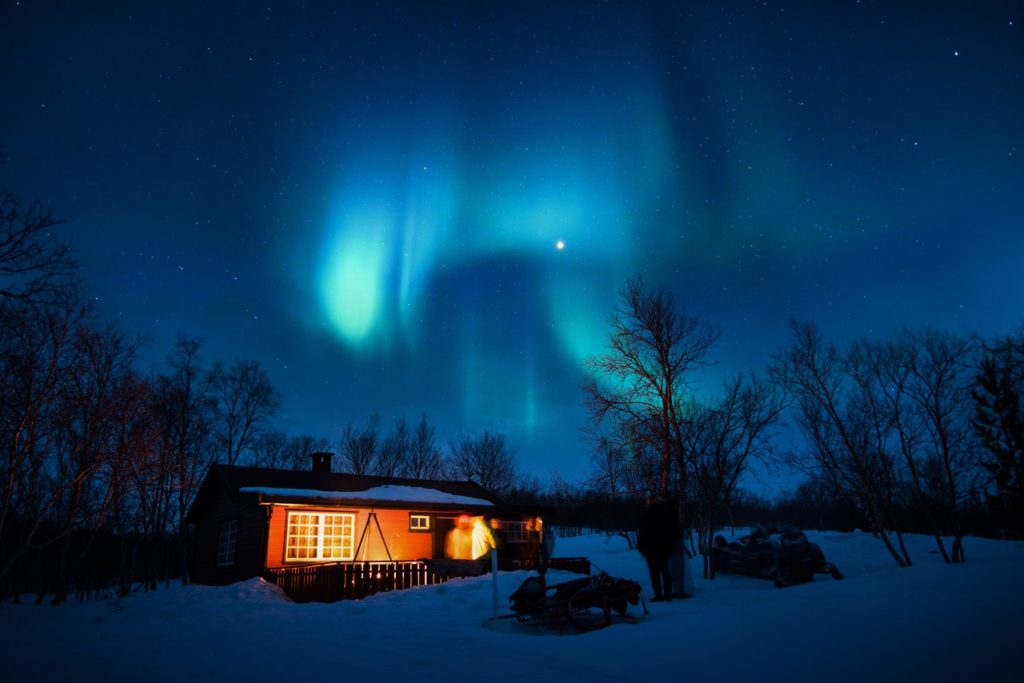Spring is the season of new beginnings. But it’s impossible to have an entire year pass without experiencing some damage or wear. Winter, in particular, is a season of harsh weather and temperatures that wear out parts of your home in almost no time. While the weather isn’t something we can control, we have some power over how our homes stand up to its harsh conditions. Here’s a list of four common winter home damages, how to fix them, and prevent them.
Dead lawn
When temperatures drop to certain degrees, it’s normal for grass to stop growing. This doesn’t mean it’s dead, but that it’s entered a dormant stage. But when spring comes and temperatures have risen enough for grass to start growing, but your grass doesn’t grow back, it may have died.
If you’re wondering how commercial establishments have lawns that bounce back quickly in the spring, it’s partly due to their lawn and landscaping services. But it’s also due to the steps they follow to keep their grass healthy even in the winter, and these are steps you can follow too.
When you see snow start to blanket your lawn in the winter, let it happen. Your first instinct might be to shovel it to keep your lawn from freezing, but that coating of snow acts as insulation. Removing it can cause cold desiccation, which happens when there’s no layer of snow to keep your grass from losing moisture and oxygen.
Another cause of lawn death is snow mold. You can spot this as gray circular patches on your lawn. Snow mold occurs when snow falls onto your lawn before the ground has had time to freeze over completely. To prevent snow mold, apply a fungicide to your lawn in late fall before the first snowfall.
Mold formation
Because you’re less likely to crack open a window in winter, mold may be more likely to form in your home during that season. The combination of warm interiors and cold exteriors also cause condensation, which produces the moisture that breeds mold spores. If you don’t inspect your roofing before winter, you might also let in moisture through the cracks.
If you spot signs of mold growth in your home — visible stains, the distinct smell of mold, rotting surfaces – hire a professional to remove them. Mold removal requires head-to-toe protective gear and the skill of an experienced pro. Attempts made by an amateur may not be effective or make things worse.
To prevent mold formation in the winter, make sure that you improve your home’s ventilation. Install exhaust fans in humid areas like bathrooms or the kitchen.

Pest infestation
Most people think that pests can only invade in warmer seasons, such as the summer. On the contrary, you also shouldn’t rule out the possibility of a winter invasion. The harsh weather outdoors might drive pesky little creatures into your home uninvited, and cracks and holes in the foundation of your home serve as their entry points.
Call pest control services to inspect your home. In the future, you can also prevent pest infestations by sealing and caulking cracks and holes in your walls, floors, and ceilings. At the end of fall, make sure to trim any trees that graze the side or roof of your house. These could serve as ladders for pests to climb up the house and enter through the chimney or cracks in the roof.
Salt damage
The white residue that coats and discolors your floors and deck during the winter is known as salt damage. It can also stain your winter boots and car. There’s no easy way to say this, but the main reason that salt finds its way into your home is you. Salt particles cling to your outdoor winter wear — particularly to your boots and rub off on your floors when you come in. If you let your pets go outside during the winter, they too are another vehicle for salt damage to enter your home.
Designate your entryway as the last stop for salt in your home. Place a rug for household members and guests to wipe their shoes on before proceeding into the house. Train your pets to do the same; otherwise, wipe their paws off yourself when they come in.
You can remove salt stains on surfaces by scrubbing them with a mixture of white vinegar and water.
When the snow melts and the winter fog clears, often the sight that greets you in spring is a home that’s seen better days. To a certain extent, it’s inevitable, but there are also ways to prevent winter from damaging your home too much. Prepare your home in the fall and be ready to patch things up in the spring.

